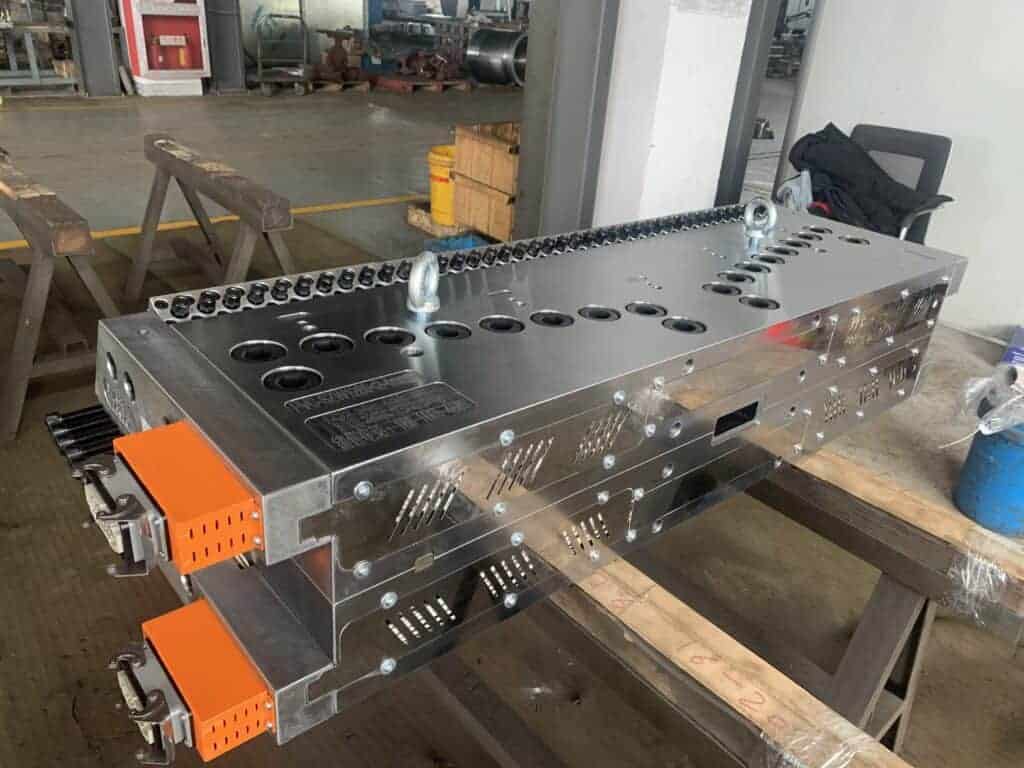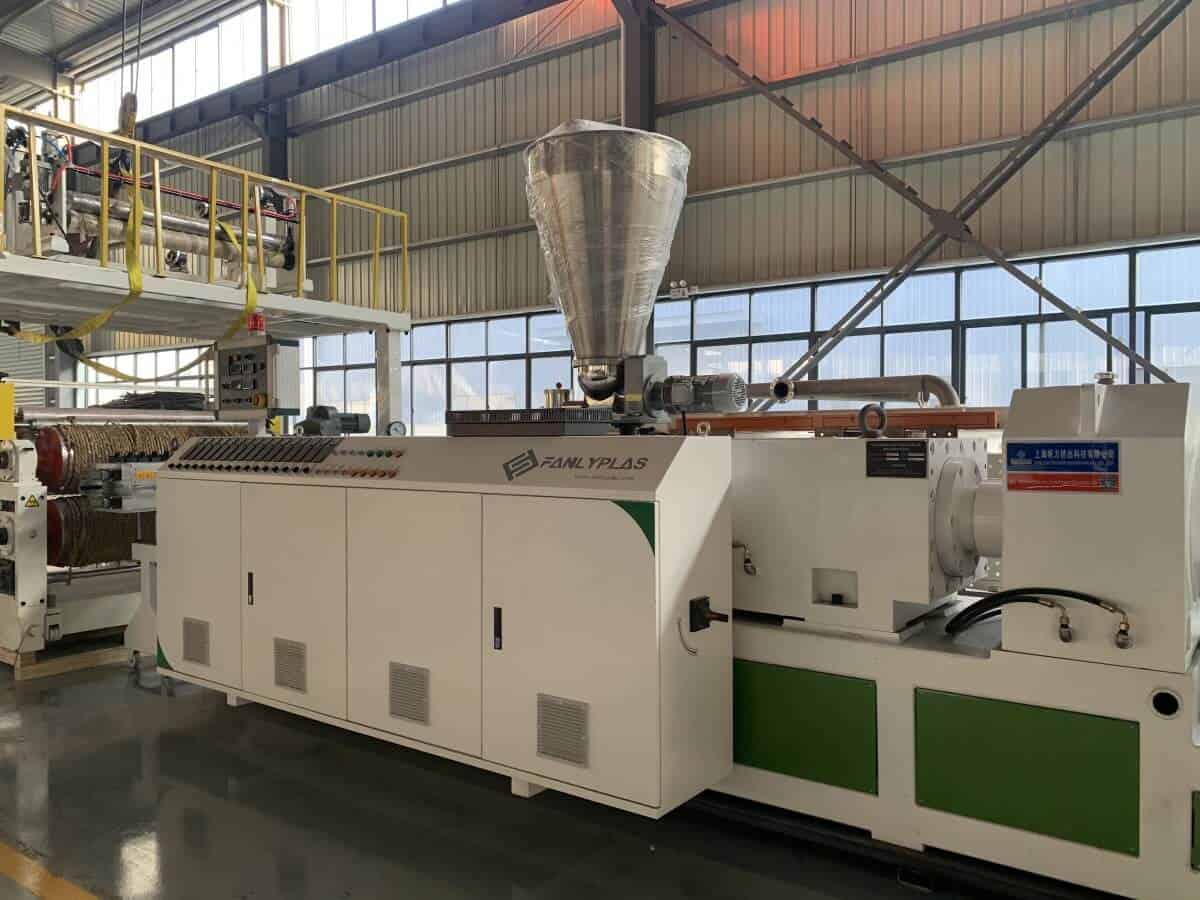Project Research Background
- PVC foam board, also known as Chevron board and Andy board, is produced by using polyvinyl chloride (PVC) as the main raw material and adding various additives. It is used in indoor and outdoor decoration, building materials, chemicals and other fields. It is an ideal substitute for wood, aluminum and composite boards and is of far-reaching significance to save energy and protect the ecological environment. The PVC foam products on the market mainly include rigid PVC free foam boards and skinning foam boards, PVC cellular foam decorative profiles, foam pipes, PVC foam wood-plastic products, etc.
- At present, PVC foam board can be divided into PVC celuka foam board and PVC free foam board according to the production process. The surface hardness of the celuka foam board is high, and it is difficult to be scratched. It is widely used in cabinets, decoration, construction, etc., especially in transportation such as ship, plane, roof of the train carriage, core layer, indoors decoration plate etc. The surface hardness of PVC free foam board is general, and it is widely used in advertising display boards, mounting drawing boards, silk screen printing, engraving, etc.
- PVC foam board is divided into different production processes and die heads : Celuka foam board (inward foaming) produced by manifold double flow channel die heads; Skinning foam board (outward foaming) produced by the single flow channel die heads. Compared with the production with the in-die double flow channel die, the single flow channel die has a simple production process, good surface quality, and relatively low equipment cost. It has developed very rapidly in recent years.
- Main criteria for judging PVC foam board products quality: Whether the product surface feels smooth and flat;Whether the mechanical line is obvious;Whether the surface color has chromatic aberration or stain; Whether the surface has pits, pinholes, cracks; Whether the edge cuts are smooth; Whether the pores are fine and dense (no large holes, no peak holes, no collapse). Whether the thickness of the entire board is uniform; And whether the density is uniform.
- Certainly, there are many factors that cause product defects. The first and most critical thing is the production process. Due to the different screw parameters of the extruder, different temperature settings, different die flow channel designs, different pressure buildup and other plasticizing conditions, the amount of various processing aids added will not be a constant data. There is a balance between the density and strength of the foam board and the foam regulator. Therefore, in actual production, experienced craftsmen will find this balance point according to the actual production environment, so that the produced foamed boards have good quality.
- Another important factor that produces product defects is the extrusion die heads. The rationality of die structure and flow channel design parameters is another key factor for producing good products.
- In the early years, due to technical limitations, the performance of the skinning foam board produced with a single-flow channel die is between the free foam board and the skinning foam board. The surface hardness is slightly higher than that of the free foam board, but it cannot reach the hardness of the skinning foam board. In addition, due to the design Limitations, it is easy to produce mechanical patterns, scratches, water ripples and other undesirable phenomena.
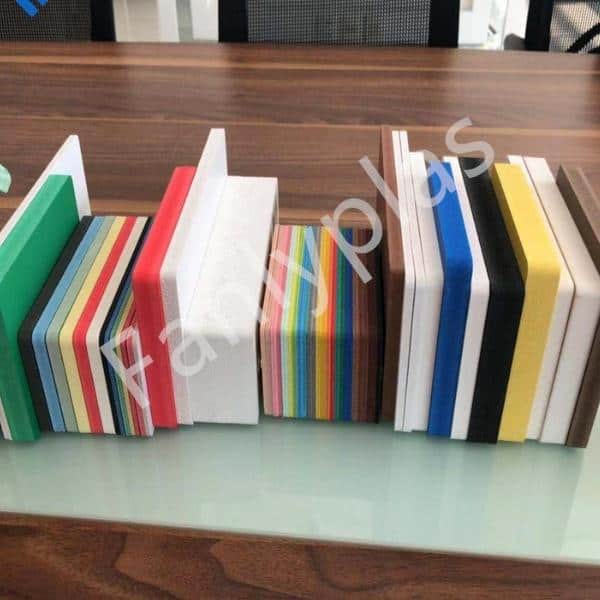
Improvement Of Die Structure Design
- On the basis of the optimized design of the flow channel, we have greatly adjusted and improved the design of the die structure.
Solve The Problem Of Skinning Surface That Is Not Hard
- In order to solve the problem that the surface of the skinning is not hard, the designer introduced a die lip and a water-cooled plate on the die heads with a single-cavity flow channel based on the design experience of the Celuka foaming die. This is the structure of the so-called “water jacket”. The mechanism of this structure is that after the material is extruded by die heads, and cooled by the water jacket, the surface is rapidly cooled and skinning formed, but the core part still continues to foam. After a short period of surface skinning, it enters the calibration table for further cooling and forming.
- This is one of the major improvements of the current single-cavity flow channel for the production of skinning foam board die headss. After the structural improvement, the surface hardness of the products produced by the current single-cavity flow channel foam board die heads has been almost the same as that of the Celuka skinninged foam board produced by the dual-cavity flow channel. Some product through process adjustments such as formulations, and their quality is even better than Celuka skinning foam board.
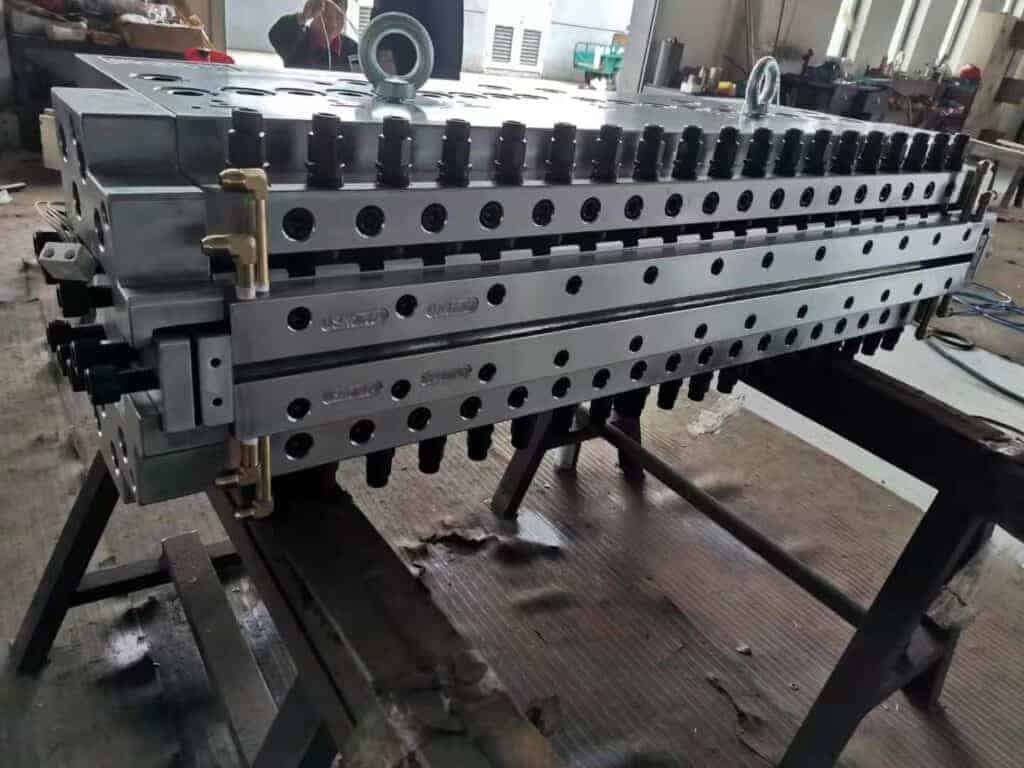
Integrated Design Of Die Lip And Die
- On the basis of the optimized design of the die flow channel in the early stage, the die structure can be greatly improved. The original throttle rod structure that regulates the uniform flow can be removed and die lip splicing improved to an integrated design of die lip and die. (as shown in Figure 2)
- A special elastic adjustment structure for this type of die heads is designed on the die lip to meet the needs of A set of die heads can produce products with a wide range of thicknesses, and the gap of the die lip opening is adjustable from 0-5mm. Generally, can meet the production of 3-25mm products. In addition, one of the die bodies (usually the lower die) can be equipped with a quick opening adjustment structure, and the die lip opening gap can be quickly adjusted within the range of plus or minus 1.5mm, which greatly improves the efficiency of product thickness specification conversion.
- Improved die structure, the whole flow channel realizes no splicing, seamless and smooth design, which eliminates the possibility of material hanging and accumulating in the die cavity, and the surface of the produced products is smooth without scratches, mechanical patterns, water ripples, etc.
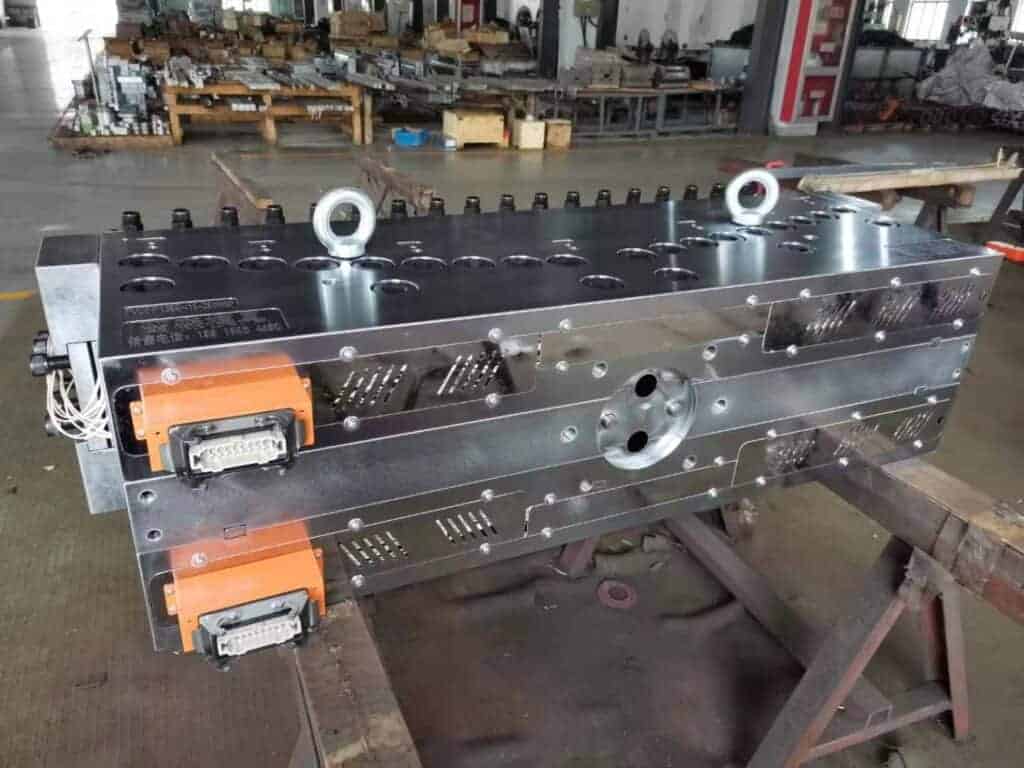
Breakthrough in technical difficulties
- Because the improved die lip opening gap is realized through elastic adjustment, and the production of PVC foam products is an ultra-high-pressure extrusion production process, the cavity pressure produced by it will usually reach 20-30Mpa. Therefore, the choice of die material and heat treatment are particularly important, and the heat treatment process is much more complicated than before and must undergo strict stress relief. In addition, because of the ultra-high-pressure production, the sealing problem is always a difficult point in the extrusion die. The rationality of the design and the processing quality of the sealing surface will affect the sealing effect. Unreasonable design or processing quality problems may cause leakage of the joint surface.
Improve the corrosion resistance of the die heads and extend the service life
- Another problem in the production of PVC products is how to improve the corrosion resistance of the die heads and prolong the service life of it. The continuous production cycle of PVC products is relatively short (relative to the production of most non-corrosive polyolefins and other products). Generally, 3-4 days, better than 7-10 days, different levels of carbonized coke will accumulate in the die heads, especially the edges, which seriously affect the quality of the product. At this point, you need to open the cleaning die before you can continue to put it into production. If the die heads has been severely corroded, it has to be re-polished and electroplated before further use.
- If the die heads flow channel has been corroded and was forced to continue to use, it will cause more serious consequences. For example, the production cycle is further shortened, and the material will be carbonized in the corroded place soon, and the corrosion will become more and more serious. Some serious corrosion causes the die flow channel to be repaired by secondary machining, which cannot be solved simply by polishing and electroplating.
- At present, mainstream die headss are prone to such problems. There are many reasons, such as flow channel design defects, die material selection, flow channel surface treatment, etc., which will affect the service life of the die. The optimized design of the flow channel can effectively shorten the residence time of the raw materials in the cavity and reduce the chance of retained corrosion. As for the material of the die body and the surface treatment method, the most common way is to use high-quality alloy steel die steel with hard chromium plating on the surface. The chromium plating on the surface can resist corrosion to a certain extent, but under the environment of high temperature and high-pressure production, its corrosion resistance is general.
- If the die body is made of stainless steel with high corrosion resistance, such as 4Cr13, SUS630, 2316, etc., and the surface is chrome-plated or nickel-plated alloy treatment, its corrosion resistance will be much improved. This will effectively extend the continuous production cycle and increase the service life of the die heads.
Use specially designed die heads for thick/thin plates
- Another point that has to be said is that although the current die heads design can meet the requirements of 3-25mm plate production, it requires a more complete process to achieve it. Therefore, we still recommend that thick and thin plates should be produced with specially designed different die headss. In terms of process and formula, this is more conducive to the production of high-quality products, and it is easier to find a suitable production process and formula, and it is less likely to produce defects such as bubble breaking and stringing.
- Because under normal circumstances, the straight section of the die lip of the die heads used to produce thick plates will be longer and the compression ratio will be large in order to increase the melt pressure and foaming ratio. But for thin plates, because the foam layer is thin, the elastic space is small, and the rigidity is large, the straight section of the die lip needs to be short and the compression ratio is small when the die heads is designed. This is to prevent excessive melt pressure at the die lip, resulting in uneven discharge, uneven surface, low melt strength, and even sheet breakage, which limits the output to a certain extent and shortens the production cycle.
- With many years cooperation with domestic and foreign customers, we absorbed fruitful suggestions, feedbacks, and failure lessons. All contributed to our Fanlyplas success to make more mature quality machine which enable our customer to start the PVC foam board project quickly with our three main factors: Quality machine; wonderful screw design and T-die flow channel; Technical and operation support A-Z.
